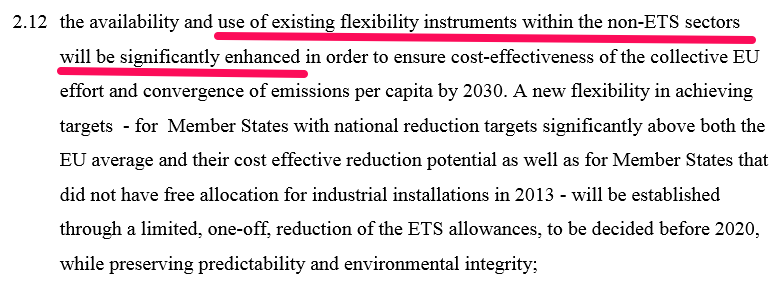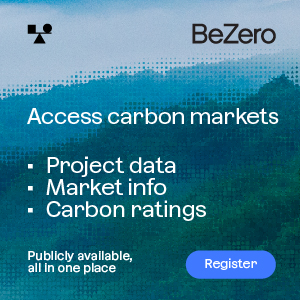Lawmakers must make drastic rule changes to allow EU nations to save money by outsourcing emission cuts to other member states, a report by think tank Climate Strategies said on Wednesday.
The report recommended setting up a centralised clearing house and enabling companies to develop carbon-cutting projects in non-ETS sectors such as buildings, agriculture and waste.
“Reducing emissions from sectors not covered by the EU ETS will be crucial to achieving Europe’s emissions reduction goals for 2030 and beyond,” the report said.
It found that between 110-510 million tonnes worth of tradable emissions reductions units would need to be generated over 2020-2030, driving financial flows of around €7.2 billion.
The European Commission is expected later this year to publish legislative proposals to extend beyond 2020 the EU laws governing non-ETS sector emission reductions, which account for around 55% of the bloc’s total greenhouse gas output.
The current so-called “Effort Sharing” rules to 2020 allow governments to help meet their targets by investing in emission reduction initiatives in other member states. However, no trades have occurred yet as most nations are comfortably on track.
The report expects both demand for governmental emissions trade and the credits themselves to increase beyond 2020 as targets get tougher and most of the easier abatement options in many western states are exhausted. Poorer eastern nations, on the other hand, will still have cheaper carbon-cutting opportunities, it added.
TRADABLE UNITS
The current 2020 goal set an overall non-ETS target of 10% under 2005 levels, and divided the effort into national targets based on GDP per capita by handing out tradable Annual Emissions Allocations (AEAs) to each government.
The bloc as a whole is on track to meet the goal but EU data shows at least four member states – Luxembourg, Ireland, Belgium and Spain – could still overshoot their goal, meaning they would need to buy AEAs from other nations or cheap UN-backed offsets to make up the shortfall.
As part of 2030 climate goals EU leaders agreed last year, non-ETS sectors must cut emissions 20% under 2005 levels and flexibility mechanisms to help meet that goal will be “significantly enhanced”. However, after 2020 governments won’t be allowed to use Kyoto Protocol credits to help reach these targets, restricting trade to within EU borders.
“A combination of more ambitious targets and differences in cost-effective potentials could create a demand for trading of AEAs in order for member states to meet their targets in the absence of Kyoto credits (CERs and ERUs),” the Climate Strategies report said.
CENTRAL BROKERAGE
The report advised lawmakers to set up a central clearinghouse to act as a broker between member states and to provide information on price and AEA supply and demand.
From 2020, the clearing house would collect AEA demand figures for 2021-2030 and how much each country was willing to pay. It would then issue a call for emission reduction projects or programmes of activities (emissions reductions bundled together in diffuse sectors) in non-EU ETS sectors to help meet that demand, and those projects would be verified similar to those under the CDM.
This would attract the private sector’s participation in more actively seeking out carbon-cutting project opportunities, thereby letting companies profit from those reductions rather than just seeing governments benefit from them.
“There is a high risk that there will be insufficient emissions reductions … if trading is left to governments alone,” the report added.
By Ben Garside – ben@carbon-pulse.com




